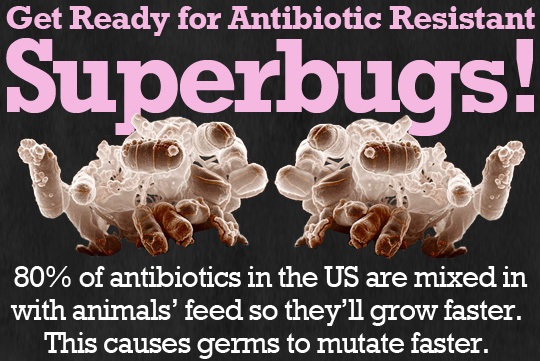

Many argue that science and technology are bringing us closer and closer to perfection. Of course there are a number of issues with pollutants and sustainability, but speaking specifically about modern medicine, few will deny how far we have come. In fact, there are many scientists who predict that humans could be living to be 150 years old in the near future, some even assert that the first person who will live to be 150 has already been born.
And it’s all thanks to science.
Modern drugs that help us combat the flu, malaria, and a host of other health issues have drastically increased the lives of many around the world. Thanks to new drugs and medicine, each year the average life expectancy increases…even in the most depressing areas on Earth. However, is this truly a triumph? Or is it cause for some concern?
One issue associated with modern medicine is the increase in population. Although vast tracks of the planet are still uninhabited, humanity’s agriculture alone takes up a landmass equal to South America. As we continue to improve our medicine, the population of the planet is only going to increase…and so will our demand for natural resources. However, population isn’t the only thing that we need to be concerned about. One of the biggest concerns? We might not be able to use antibiotics for much longer. Yes, you read that right.
Oxford researchers recently conducted a study on antibiotic resistance and noted that, “Antibiotic resistance is subject to frequent press comment, with fears expressed that we shall soon ‘run out’ of antibiotics and that classical infections will regain their status as major sources of mortality. It is suggested, too, that a swathe of modern medical procedures—from transplants to immunosuppressive cancer management—may collapse, as each depends crucially on our ability to treat infection.” When interrogating the accuracy of these fears, the researchers found that, although the resistance landscape is not as bleak as it is sometimes painted, there is a cause for serious concern.
So, how did we get here?
One cause is the introduction of antibiotics to livestock. Ultimately, bacteria are becoming more resilient to existing antibiotics because many farmers do not properly regulate the intake of what their animals receive. Instead, all animals are given the same drugs, regardless of whether this is actually necessary. This leads vast swaths of antibiotic resistant bacteria, which no longer have to compete with non-resistant bacteria. As such, the resistant bacteria flourish. This, in turn, leads to the antibiotic becoming ineffective when used in humans. This new epidemic is already becoming apparent in many situations, and many hospitals are struggling to cope with the rise in the number of infections that patients obtain, post operation, due to ineffective antibiotics.
To keep up with this epidemic, pharmaceutical companies must invest heavily into finding and testing new antibiotics that can fight against the ‘Super Bug’. Since some bacteria are resistant to some antibiotics naturally, scientists and working to extract what it is that allows them to have a resistance. Moreover, scientists are looking in deep ocean ridges, that harbor millions of bacteria, which they believe may help them discover a new antidote; however, it could be sometime until they find and test a suitable new antibiotic…which then would only treat against one type of bacteria. This is problematic, as there are millions of bacteria that can significantly harm us.
Many say that the only way to overcome this epidemic is for governments to provide sufficient funding to the companies to enable them to continue researching.
Front image source found here.